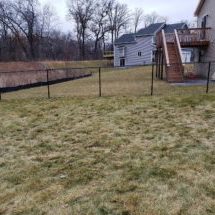No products in the cart.
The process of finding your property pins will vary depending on the layout of your land-and what exactly it has been through over the years. Check your deed to get a good idea of where to search. A certified surveyor can help you achieve this if needed. Let’s begin with knowing what we’re looking for, then examining areas they are commonly found.
Do not forget to read our additional tips on declaring your property lines.

